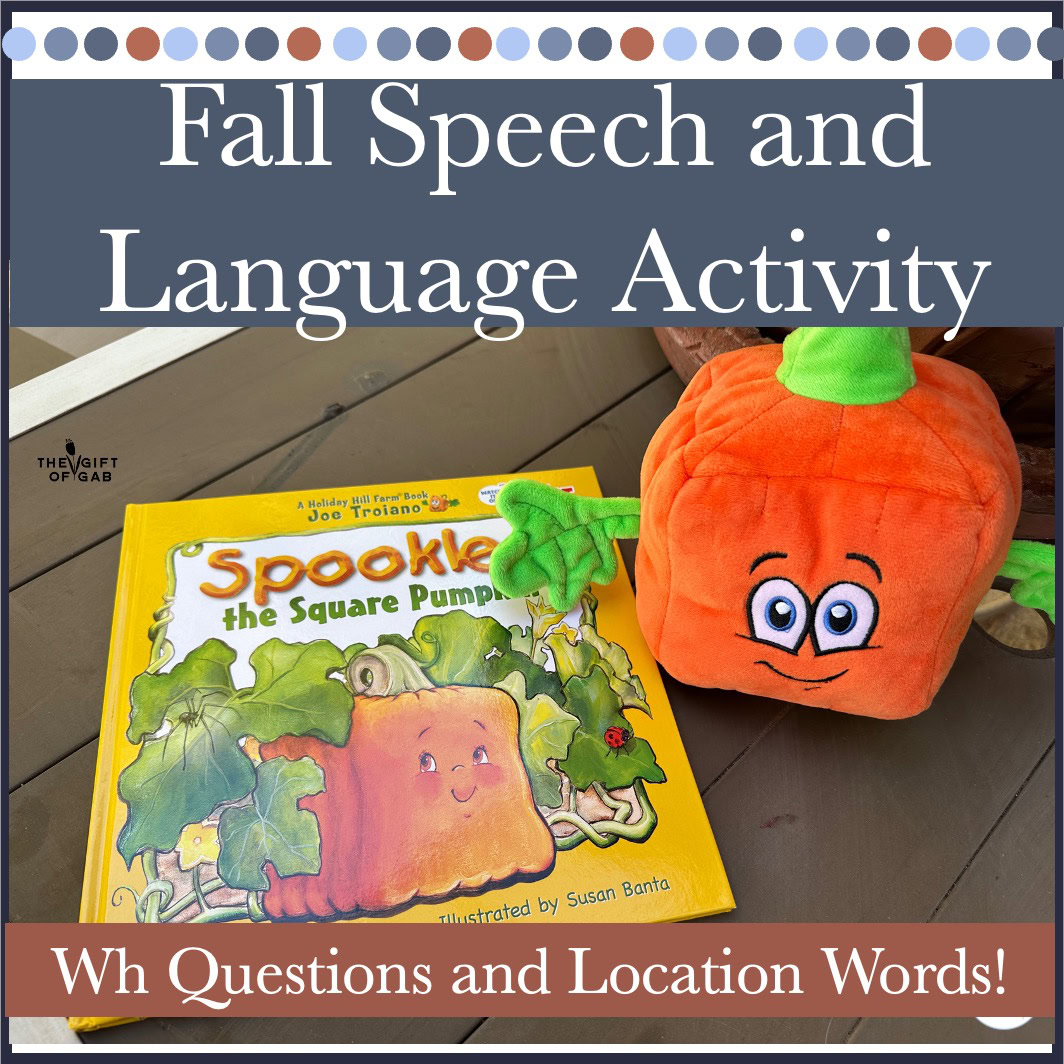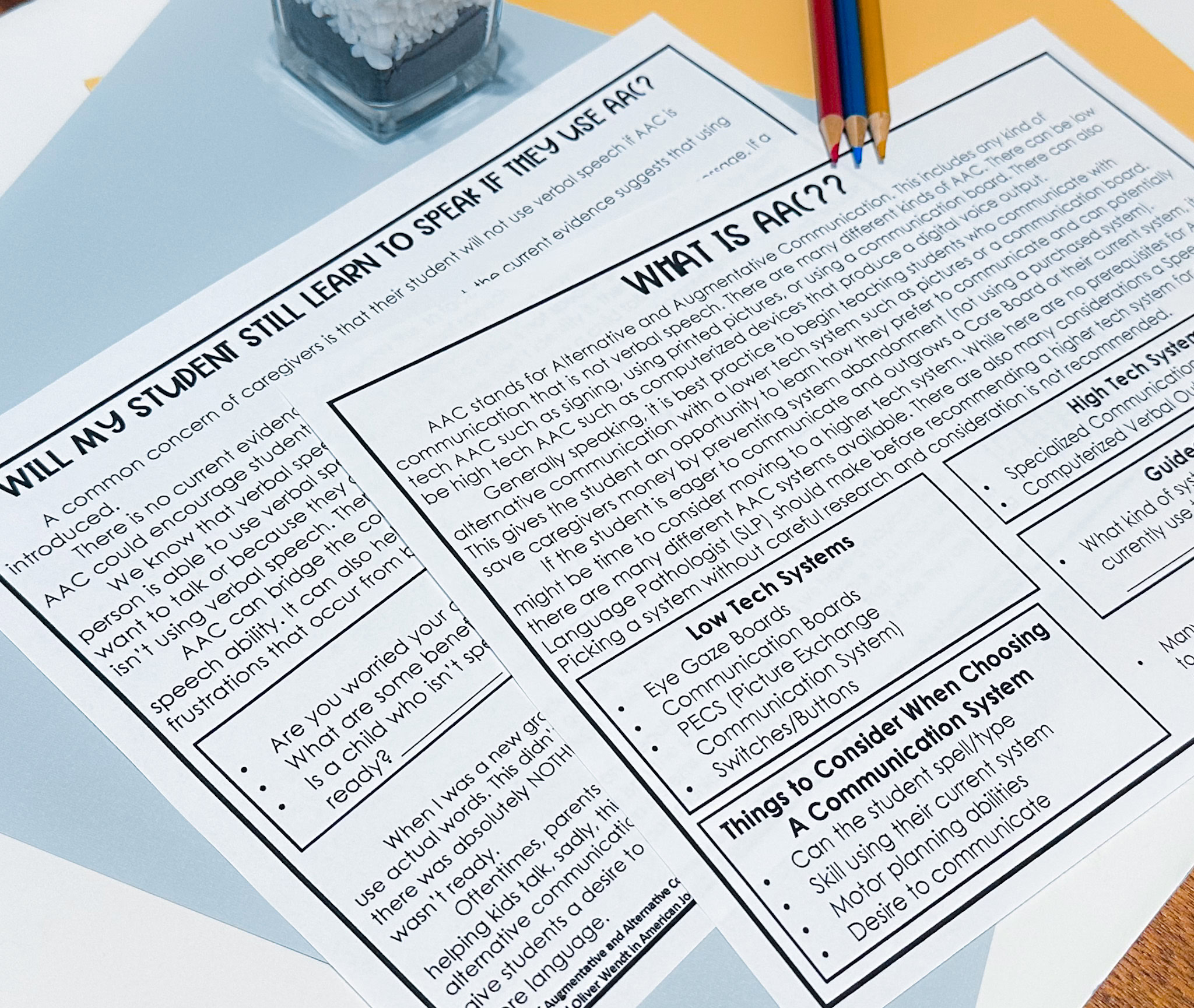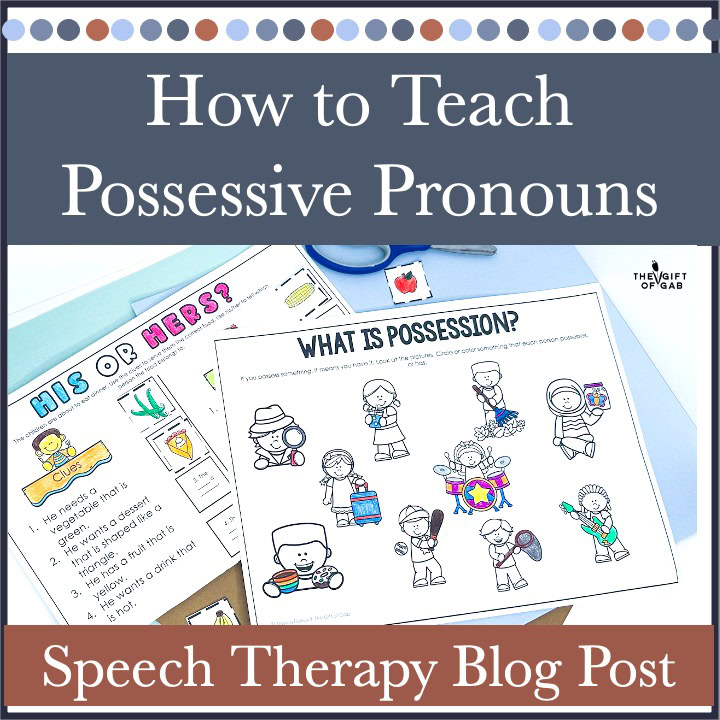Do you know how to use articulation reading passages strategically to help you bridge the gap between using sounds in sentences and using sounds in conversation? Let me share my method and mindset for strategically using articulation reading passages as the bridge between sentences and conversation.
You know the feeling. That feeling. The one you have as you look at your articulation student with pride and think “Yes, we’ve got this. I think we can start practicing this sound at the conversation level.”
It’s a great feeling isn’t it? Now comes the next feeling- how are we going to work on this?! In my experience, jumping straight from working on sounds in sentences to a full-fledged conversation is really overwhelming for the student. They go from being pretty successful to feeling like they are, well, failing. I think there is a better way to scaffold this transition to make it a little bit smoother.
Let me introduce articulation reading passages. When used strategically, these babies are the perfect stepping stone from sounds in sentences to that full-fledged conversation.
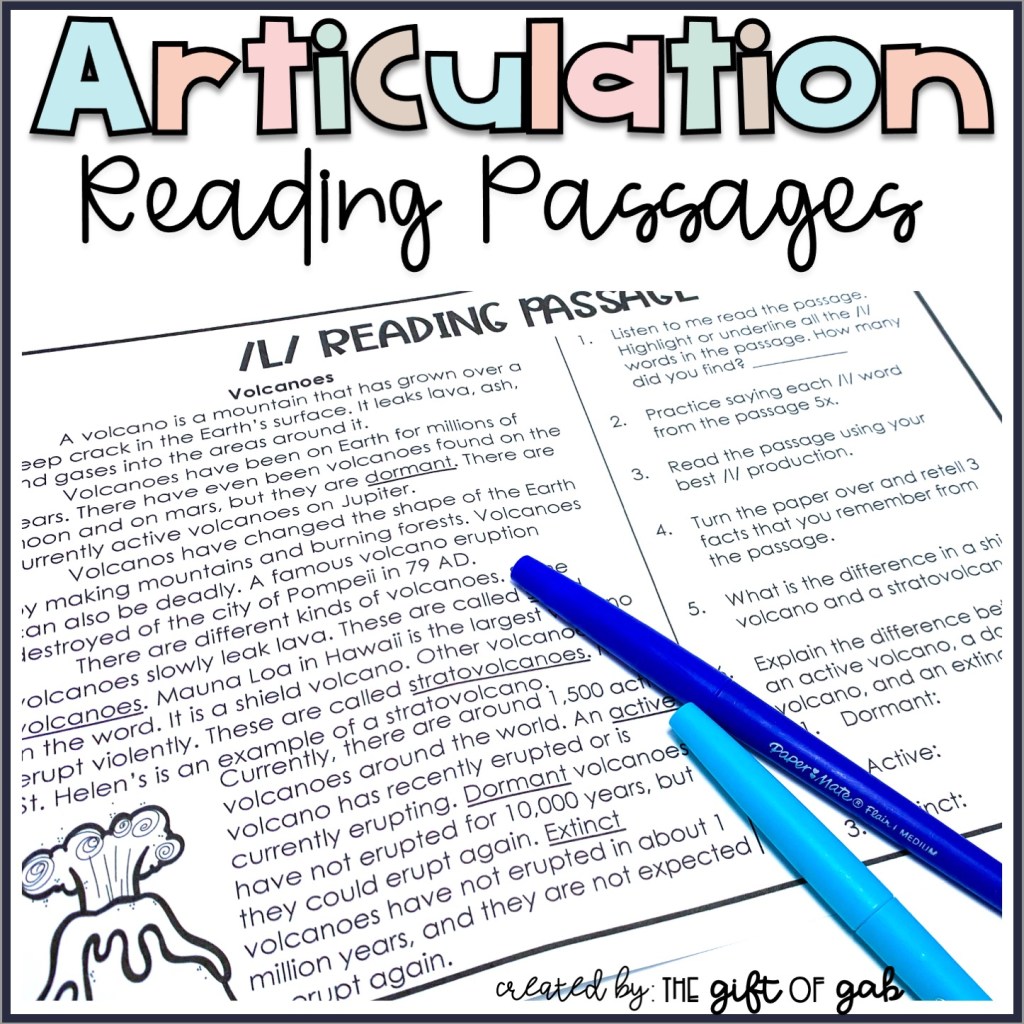
Here is my method and mindset:
- First you need a passage. Preferably, choose a passage that was specifically created with articulation therapy in mind. That means, you can pick a passage by target phoneme and that the passage has been strategically flooded with as many words as possible that contain your target sound. More target words = more practice. After all, repetition is the key to learning.
- Read the passage to your student. As you read, student should follow along and carefully listen to the words. Have your student highlight or underline any words they hear that have their sound. Here is why I start by reading the passage to my student:
- It gets their brain ready to work on our lesson.
- It helps with auditory discrimination. Not all of the words in the passage will follow typical spelling patterns. This helps your students rely more on their listening skills instead of just what they see on the paper.
- While using articulation reading passages DOES support reading skills and can be great for mixed groups- this is NOT reading class. I don’t want my students who struggle with reading feeling overwhelmed by being expected to read AND do speech. Sure, we can help them in this area. But that is not the focus of this particular lesson.
- Have your students go through and practice just the words, 5x each. If you picked a reading passage that is saturated with target words, it is easy to get several trials with this step alone. This step is also intentional for another reason: it gets your students thinking about the words they will probably be using in the conversation steps that are coming up.
- Have your students read the passage out loud. Make sure they are focusing on reading the passage slowly and with good production of words with their sounds. Remember the highlighting we did earlier? It is a great visual reminder for this step.
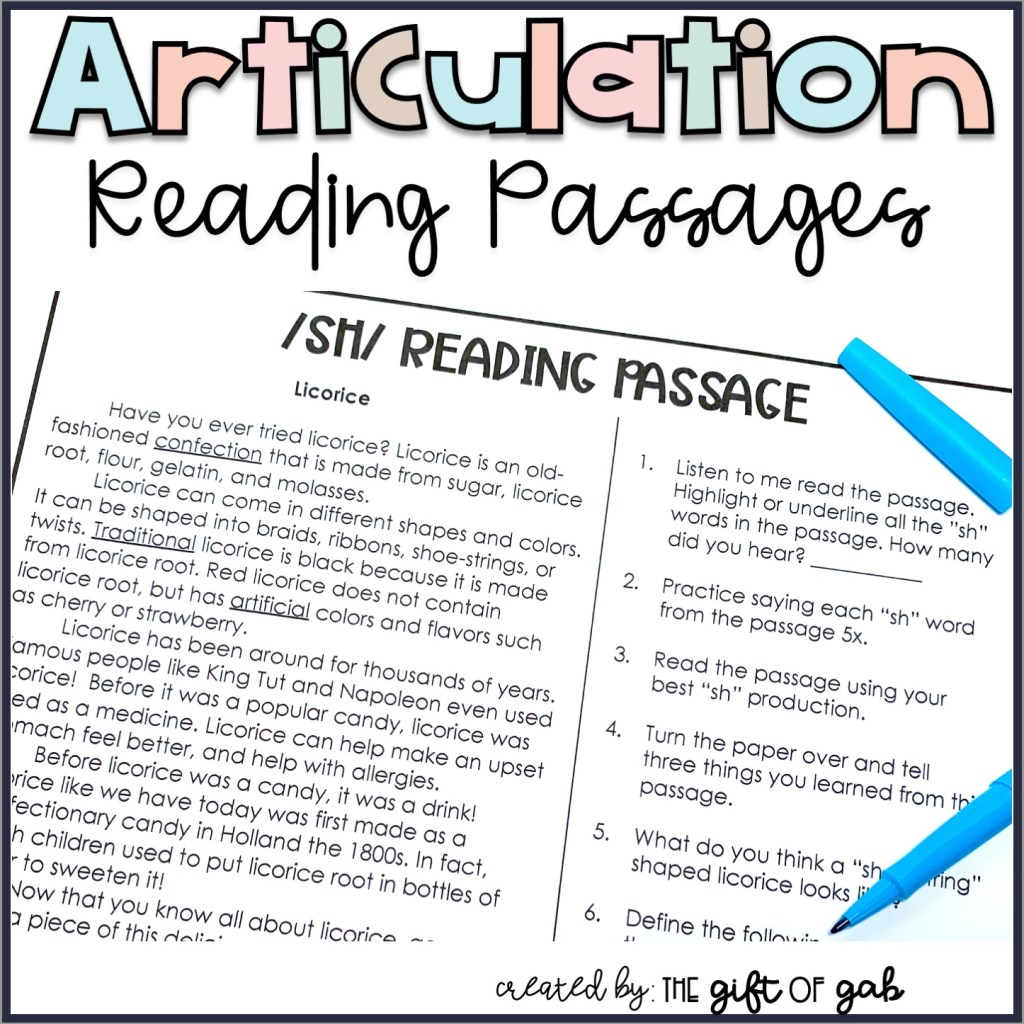
Activities for Using Reading Passages to Practice Conversation Skills
- Conversation Activity #1: Turn the paper over and have your students retell the story or a few things they learned from the passage.
- Conversation Activity #2: Use the passage to spark some interesting conversation topics. Have your students answer questions about the passage, tell about a time something similar happened them, or give their opinion about what they just read. I find that having a topic given to me in the form of a reading passage makes it easier to have a natural conversation.
- Conversation Activity #3: Discuss any unfamiliar words from the passage. This step is great for many reasons. First, it exposes your students to new and unfamiliar words, which is always a beautiful thing. Additionally, talking about unfamiliar words requires a heavier cognitive load than some of the other tasks we’ve done. So, remembering to use those target sounds while doing a more difficult task is an awesome challenge for their little brains!
There you have it! This is how I like to use reading passages to strategically practice conversation skills in articulation therapy!
I hope you could see how intentional I am with the order of these steps and my thoughts behind my method.
If this method jives with you, I just so happen to have a set of articulation reading passages for sale in my store. There are 5, strategically created reading passages for each of the later developing sounds (including each vocalic /r/). There is a combination of silly stories and high interest non-fiction reading passages, saturated in words with each target sound. Each passage also follows the steps listed above and gives you conversation prompts to get your students talking!
If you would like to try out some of my free articulation reading passages, hop on over to the free resource library and check them out!
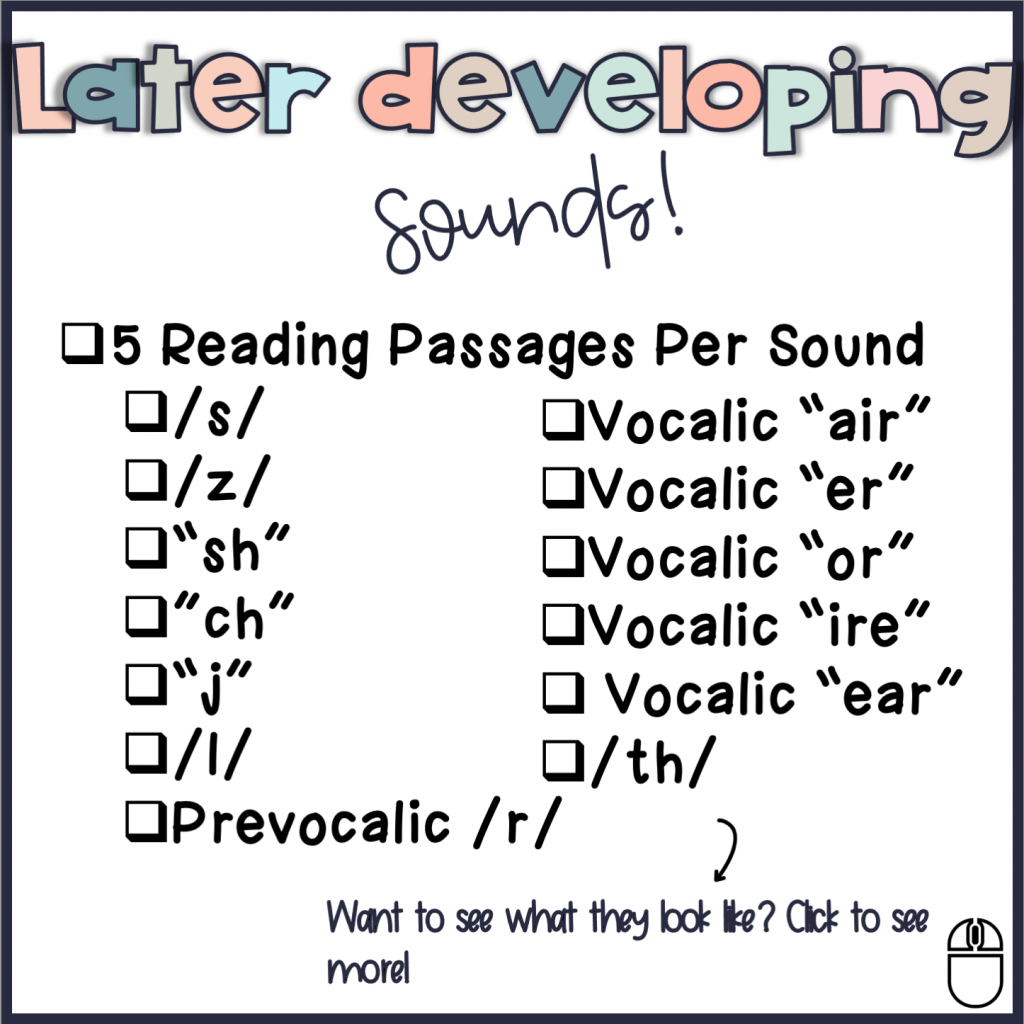
If you love this idea, you can also grab the bundle. The bundle has the original passages, the summer version, and the fall version at a discount!

